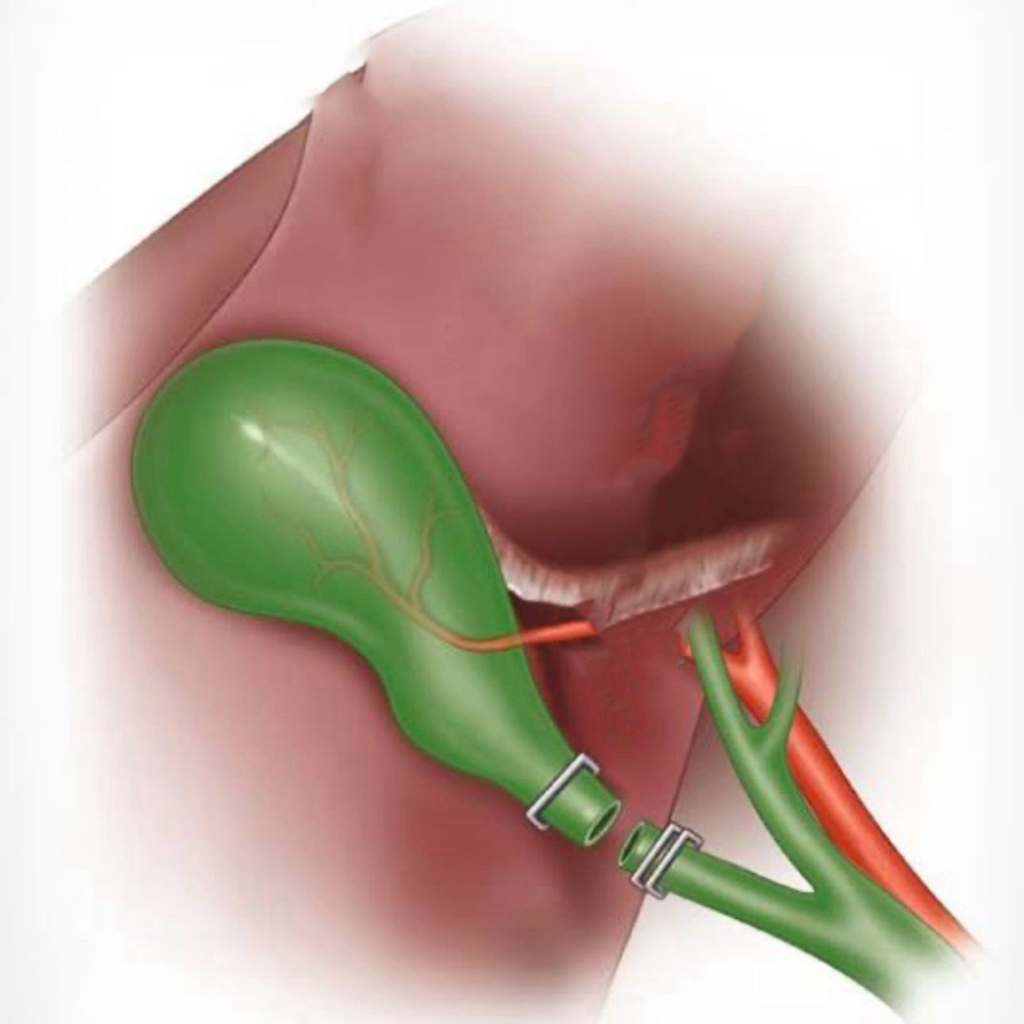
Gallbladder Surgery
The gallbladder is an organ that stores and condensates bile fluid, which is produced by the liver and helps digestion. When gallbladder loses its function, there can be gall stones or gallbladder polyps. When the gallbladder is nonfunctional, gallbladder removal ( Cholecystectomy) surgery is justified. Because gall stones can fall into bile ducts and obliterate. This can cause jaundice, inflammation in bile ducts (Cholangitis), gall bladder and liver damage ( Cholecystitis). Gallbladder surgery is usually performed laparoscopically ( Keyhole surgery). In this procedure, camera and surgical instruments is inserted into the abdomen from tiny holes. During surgery, the gallbladder is removed but bile ducts are remained intact to let bile flow to intestines. Thus bile salts continues to function in intestines, so after laparoscopic cholecystectomy patients can continue their daily routine without major changes. This procedure is done to relieve symptoms caused by gallstones or gallbladder inflammation. Laparoscopic gallbladder surgery generally has less pain, less recovery time, and early going back to work because it is a less invasive approach.
Gallbladder surgery is generally a safe procedure, and serious complications are rare. However, as with any surgical procedure, certain risks and complications may occur. Therefore, it is important to talk in detail with your doctor about the risks and benefits before surgery. During the post-operative recovery period, light activities and a special diet may be recommended for a few days. Our dietitian will be following you up for your nutrition. There is slight amount of pain after surgery, which is bearable with medications. As a result, gallbladder surgery is a common surgical intervention performed to relieve or eliminate symptoms due to gallstones or gallbladder diseases. It is important to follow your doctor’s instructions before and after surgery.

